Contents
Asian noodle soups are much more than just a meal; they are a celebration of culture, tradition, and flavors. From the aromatic broths of Japan to the spicy, herb-infused bowls of Thailand, noodle soups are an integral part of daily life across Asia. These soups are not only delicious but also versatile, with each region offering its unique twist on the dish. In this article, we will take you on a deep dive into the world of Asian noodle soups, exploring their history, key ingredients, regional variations, health benefits, and modern adaptations. Whether you’re a novice or an experienced foodie, this guide will leave you craving for a warm, comforting bowl of noodles.
The Rich Tradition of Asian Noodle Soups
Asian noodle soups have a rich and fascinating history that stretches back thousands of years. The combination of noodles and broth is so deeply ingrained in Asian culinary traditions that it’s difficult to imagine a culture without it. Each country in Asia has its version of noodle soup, influenced by local ingredients, climate, and customs. In China, for example, noodle soup has been around for centuries, with historical texts from the Tang Dynasty (618-907 AD) mentioning the dish. In Japan, noodle soups evolved as part of their complex food culture, particularly with the arrival of ramen from China in the early 20th century.
This historical evolution has made noodle soups an essential part of everyday life in many Asian countries. Whether enjoyed as a quick breakfast in Vietnam, a leisurely lunch in Japan, or a festive meal in Korea, noodle soups are versatile dishes that serve as both comfort food and cultural symbols. It’s no surprise that noodle soup shops are a common sight in Asian cities, where locals and tourists alike flock to taste these hearty dishes.
Common Ingredients and Flavors
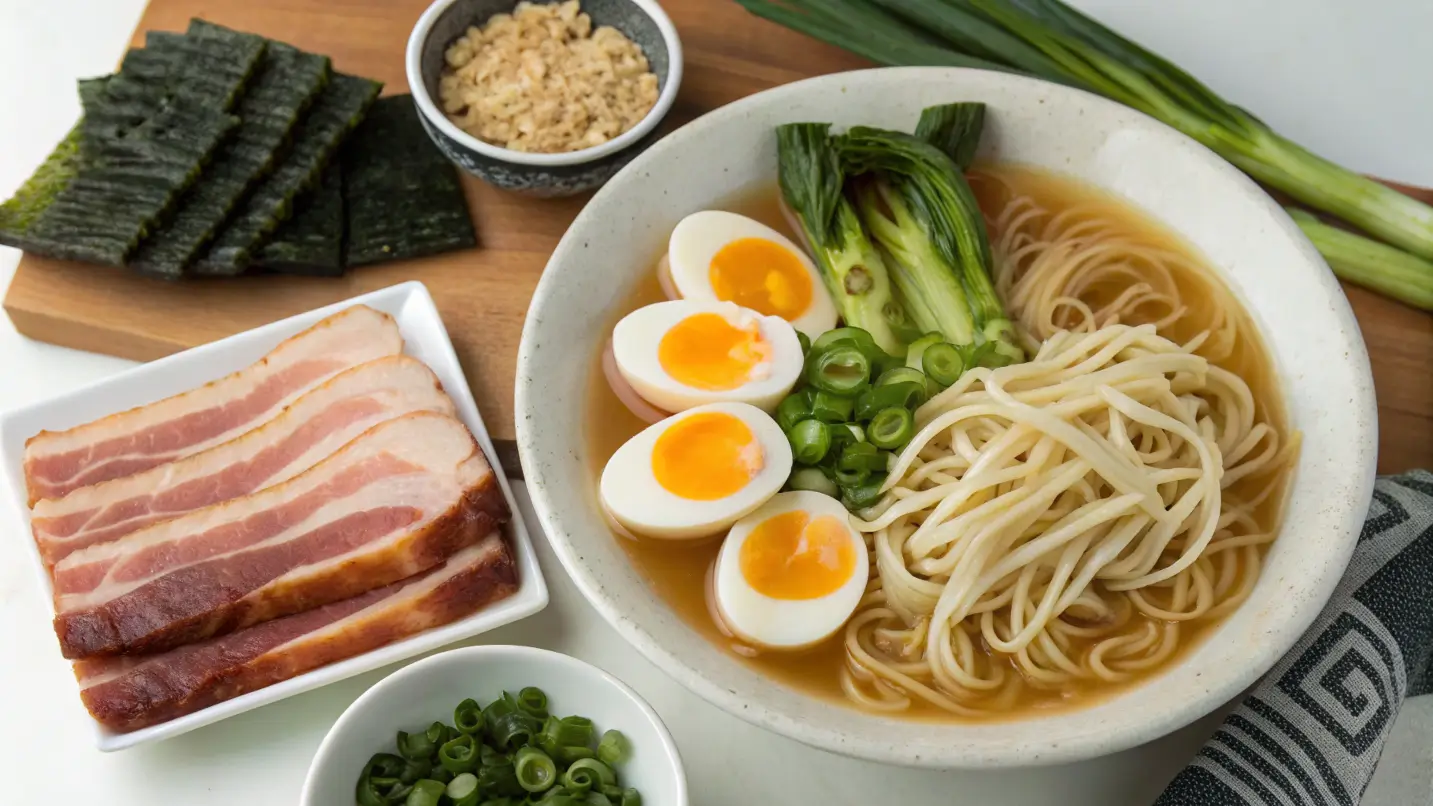
The magic of Asian noodle soups lies in the diversity of their ingredients and the balance of flavors. The base of any noodle soup is the broth, which sets the tone for the entire dish. In East Asia, broths can be clear and light, as seen in Japanese ramen, or rich and hearty like the robust, umami-filled tonkotsu broth. In Southeast Asia, broths are often more aromatic, with ingredients like lemongrass, ginger, and lime providing a fragrant punch.
Noodles, the star ingredient in every bowl, come in various forms. Some are thick and chewy, such as the udon noodles in Japan, while others are thin and delicate, like the rice noodles used in Vietnam’s pho. The choice of noodle significantly influences the texture and mouthfeel of the soup, which is why each region uses specific types of noodles based on local preferences.
Toppings are another critical aspect of Asian noodle soups. In China, you might find braised beef or spicy chili oil as toppings, while in Korea, garnishes often include egg, scallions, and kimchi. These toppings not only add flavor and texture but also enhance the visual appeal of the dish. Fresh herbs like cilantro, basil, and mint are often sprinkled on top to add a burst of freshness that complements the rich broth.
Regional Varieties of Asian Noodle Soups
East Asian Noodle Soups
China
Beef Noodle Soup
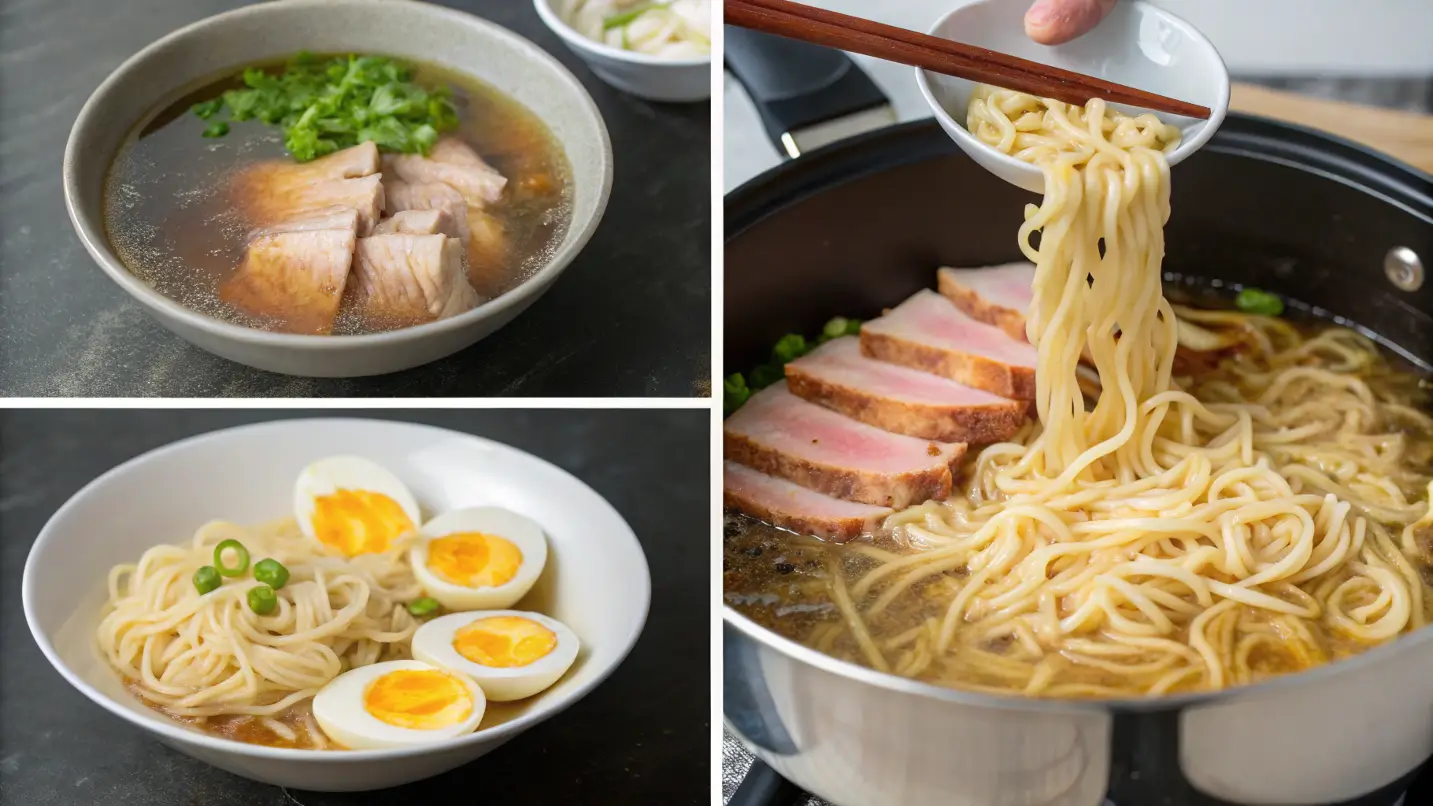
One of the most iconic noodle soups in China is Lanzhou beef noodle soup. This dish hails from Lanzhou in the Gansu province and is beloved for its combination of tender beef, hand-pulled noodles, and a rich, flavorful broth. The magic of Lanzhou beef noodle soup lies in its unique preparation method. The noodles are hand-pulled right before they’re added to the pot, giving them a soft, chewy texture that pairs beautifully with the savory broth. The broth itself is made from simmering beef bones and various spices, such as star anise and cinnamon, to create a deep, umami flavor.
A hallmark of Lanzhou beef noodle soup is its garnish. Sliced beef, fresh cilantro, and green onions are added on top, along with a drizzle of chili oil that adds a subtle kick. This soup is often served with a side of vinegar and garlic, allowing diners to adjust the flavor profile to their liking. Whether eaten as a quick breakfast or a hearty lunch, Lanzhou beef noodle soup is a quintessential Chinese comfort food.
Wonton Noodles
Another popular noodle soup in China is Cantonese wonton noodle soup. This dish is known for its delicate dumplings filled with minced shrimp (or chicken as an alternative), which are paired with thin, chewy noodles in a savory, clear broth. The broth is light but flavorful, typically made from a simple combination of chicken and sometimes dried fish for an added depth of flavor.
The wontons themselves are the stars of the dish. These dumplings are meticulously prepared, with a thin, translucent wrapper and a flavorful filling that packs a punch. The soup’s toppings often include bok choy and scallions, giving it a fresh, vegetable-forward balance. Wonton noodle soup is frequently enjoyed as a comforting lunch or dinner in Cantonese-speaking regions, and it’s a popular choice in noodle shops around the world.
Hot and Sour Noodles
If you’re craving something with a bit more spice and complexity, Sichuan-style hot and sour noodle soup might just be the perfect dish. Known for its bold, punchy flavors, this soup typically features a rich, spicy broth made with chili oil, black vinegar, and Sichuan peppercorns. The broth’s spiciness is balanced by its tangy sourness, which comes from the vinegar. The noodles themselves are often soft and chewy, absorbing the bold flavors of the broth.
The soup is topped with a variety of ingredients, such as sliced mushrooms, tofu, and vegetables, making it a satisfying and hearty meal. It’s not uncommon to find this dish served with additional chili oil or garlic for those who want to turn up the heat. This is a quintessential dish from the Sichuan region, known for its love of spicy and sour flavor combinations.
Japan
Ramen
No discussion of East Asian noodle soups would be complete without mentioning ramen. This Japanese dish has gained international fame, with ramen shops popping up all over the world. Ramen comes in several distinct styles, each offering a different flavor profile.
- Shoyu ramen has a soy-based broth that’s light and savory, often accompanied by toppings like bamboo shoots, a soft-boiled egg, and slices of chicken.
- Miso ramen is made with a rich, fermented soybean paste that gives the broth a deep umami flavor. This style is often served with hearty toppings, such as corn, butter, and bean sprouts.
- Shio ramen is a salt-based broth, lighter than the others but still full of flavor. It’s often topped with pickled ginger, scallions, and slices of chicken.
- Tonkotsu ramen has a rich, creamy broth made by simmering chicken bones for hours, resulting in a milky texture and deep flavor. This style is particularly popular in the Kyushu region and is often served with thin, straight noodles.
Ramen’s versatility means there’s something for everyone, whether you prefer a light, clear broth or something rich and hearty. Each style of ramen offers a unique experience, making it a must-try for noodle soup lovers.
Udon
Udon is another beloved Japanese noodle soup. Unlike ramen, udon noodles are thick and chewy, made from wheat flour and water. The broth for udon is typically a simple dashi-based stock, flavored with soy sauce and mirin, creating a comforting and slightly sweet base. Udon is often served with a variety of toppings, including tempura, sliced green onions, and kamaboko (fish cake). Some versions, such as kake udon, are served in a hot broth, while others, like zaru udon, are served cold with a dipping sauce, making it a versatile option for different seasons.
What sets udon apart from other noodle soups is its simplicity and comforting nature. The thick noodles, paired with the mild, flavorful broth, create a perfect balance that’s both satisfying and soothing. Udon is commonly eaten as a quick lunch or dinner, and it’s a favorite among both locals and tourists in Japan.
Soba
Soba noodles, made from buckwheat flour, are a staple of Japanese cuisine. Soba noodle soup can be served either hot or cold, depending on the season. The soup’s broth is typically made from dashi, soy sauce, and mirin, giving it a light, umami flavor that complements the slightly nutty taste of the soba noodles.
Soba is often served with various toppings, including green onions, wasabi, and tempura. Cold soba is especially popular in the summer months, served with a dipping sauce on the side. This dish is refreshing and light, perfect for hot weather. On the other hand, hot soba soups are typically enjoyed in the colder months, offering a comforting, hearty meal.
Korea
Janchi Guksu
In Korea, janchi guksu is a celebratory noodle soup traditionally served at weddings, birthdays, and other special occasions. The soup features thin, wheat-based noodles in a light broth made from anchovies, kelp, and sometimes dried mushrooms. This simple, yet flavorful dish is often garnished with sliced egg, scallions, and sometimes kimchi or vegetables.
What makes janchi guksu unique is its symbolic meaning. The long noodles are believed to represent longevity, making it a perfect dish for marking important milestones. It’s a comforting and easy-to-make noodle soup that’s often enjoyed with family and friends during celebrations.
For a creative fusion take on Korean noodles, try this Angel Hair Bibimguksu recipe from Epicurious.
Jjamppong
If you’re looking for something with a bit more spice, jjamppong is a fiery seafood noodle soup that originated in Chinese-Korean cuisine. The broth is rich and intensely flavored, made with a variety of vegetables, seafood, and spices like chili paste. The result is a vibrant, spicy soup that’s perfect for those who love bold, intense flavors.
Jjamppong’s combination of tender noodles and spicy, savory broth is both satisfying and invigorating. It’s a popular dish in Korean-Chinese restaurants and often served as a comfort food during colder weather.
Kalguksu
Kalguksu is a hand-cut noodle soup that’s hearty and comforting, making it a favorite during the winter months. The noodles are thick and soft, made by rolling and cutting dough by hand. The broth for kalguksu can vary, but it’s typically a chicken or beef-based stock flavored with garlic, soy sauce, and sesame oil.
The soup is often garnished with vegetables, such as zucchini or mushrooms, and sometimes served with a side of kimchi. Kalguksu is easy to prepare and incredibly comforting, making it a go-to dish for family meals and gatherings.
Health Benefits and Modern Adaptations
Nutritional Aspects of Noodle Soups
Balanced Diet
Asian noodle soups are a wonderful way to enjoy a balanced meal, as they typically combine a variety of ingredients that work together to provide essential nutrients. The noodles themselves are a great source of carbohydrates, which provide energy to fuel the body throughout the day. Additionally, many Asian noodle soups feature lean proteins such as chicken, beef, shrimp, or tofu, ensuring that you get the protein needed for muscle growth and repair.
But it’s not just about carbs and protein—Asian noodle soups also offer an abundance of vegetables. From fresh herbs like cilantro and basil to hearty vegetables such as bok choy, mushrooms, and spinach, these soups provide an array of vitamins and minerals. These vegetables are essential for immune health, digestion, and overall well-being.
Moreover, many broths are infused with spices, herbs, and seasonings that not only add flavor but can also offer health benefits. For instance, ginger, garlic, and turmeric are common ingredients that have anti-inflammatory properties, support digestion, and boost the immune system.
If you’re looking for a nutritious, hearty soup option, check out this Chicken and Cabbage Soup for a low-calorie, protein-packed meal.
Customizable Ingredients
One of the best aspects of Asian noodle soups is their versatility. Whether you follow a gluten-free, low-carb, vegetarian, or vegan diet, it’s easy to customize these soups to meet your specific dietary needs. You can swap out traditional noodles for gluten-free alternatives like rice noodles or even zucchini noodles. Protein sources can also be adjusted, with tofu or tempeh as great substitutes for meat.
For those with food allergies or sensitivities, it’s possible to modify the broths as well. Instead of using soy sauce, tamari or coconut aminos can be used to cater to those who need a soy-free option. Plus, you can adjust the spice level to suit your taste, making noodle soups a highly adaptable dish for almost any dietary preference.
For another customizable noodle soup recipe, try this delicious Crack Chicken Noodle Soup for a creamy and comforting twist.
Contemporary Twists on Traditional Recipes
Fusion Dishes
As the world becomes more interconnected, traditional Asian noodle soups are experiencing exciting adaptations and fusion with other global cuisines. Fusion dishes bring together the best of both worlds, combining traditional Asian flavors with ingredients and techniques from other cultures.
For instance, some chefs are incorporating Italian influences into ramen, creating a “ramen carbonara” that features creamy, cheesy elements typically seen in Italian pasta dishes. Another example is the use of Mexican flavors in noodle soups, with chili-lime broth or avocado and cilantro topping a warm bowl of noodles.
Additionally, modern noodle soups often include a variety of unconventional ingredients like exotic mushrooms, miso, and even coconut milk, which weren’t traditionally used in some Asian noodle soups. These fusion dishes not only keep the traditional elements intact but also introduce new flavors that expand the culinary boundaries.
Vegan and Vegetarian Options
With an increasing number of people adopting plant-based diets, vegan and vegetarian versions of Asian noodle soups have become more popular than ever. These adaptations provide the same hearty, comforting flavors without any animal-based ingredients.
In place of meat, plant-based proteins like tofu, tempeh, or seitan can be added to provide a satisfying texture and protein content. Broths that were traditionally made with animal bones are now often prepared with vegetable stock, miso, or even coconut milk, making them rich and full of flavor without any animal products.
Herbs and spices play an important role in vegan and vegetarian noodle soups, ensuring they’re packed with taste. From soy sauce, sesame oil, and chili paste to fresh cilantro, lime, and ginger, the layers of flavors make these plant-based soups just as delicious as their meat-based counterparts. These vegan noodle soups are not only a great option for vegetarians but also offer a healthy alternative for anyone looking to reduce their consumption of animal products.
FAQs About Asian Noodle Soups
What is the difference between ramen and pho?
Ramen and pho are both noodle soups but come from different culinary traditions. Ramen originates from Japan, and it is typically made with wheat noodles in a rich, flavorful broth such as soy sauce (shoyu), miso, or tonkotsu (made with chicken bones). Toppings can include items like chicken, soft-boiled eggs, bamboo shoots, and green onions.
Pho, on the other hand, is a traditional Vietnamese noodle soup made with rice noodles and a clear, aromatic broth, often simmered with beef or chicken. Pho is known for its distinct herbaceous and fresh garnishes like cilantro, basil, bean sprouts, and lime.
Are Asian noodle soups healthy?
Yes, Asian noodle soups can be very healthy when made with fresh, quality ingredients. They offer a good balance of carbohydrates, protein, and vegetables, making them a nourishing and satisfying meal. The broth is typically low in calories, especially when it’s vegetable-based. Moreover, many Asian noodle soups incorporate spices and herbs like garlic, ginger, and turmeric, which have health benefits such as anti-inflammatory properties and digestive support.
Can I make noodle soups vegetarian?
Absolutely! Many Asian noodle soups can easily be made vegetarian by swapping meat for plant-based proteins such as tofu or tempeh. Vegetable broths can be used as a base, and you can include a variety of vegetables like mushrooms, bok choy, spinach, and carrots. Vegetarian noodle soups are just as flavorful and satisfying as their meat-based counterparts.
What are the best noodles to use for homemade soups?
The best noodles for homemade soups depend on the type of soup you’re making. For Japanese ramen, traditional ramen noodles made from wheat flour are ideal. For Vietnamese pho, rice noodles are a must. For thicker, chewier noodles, udon is a great choice. You can also experiment with alternative noodles, such as soba (buckwheat noodles) or gluten-free rice noodles, based on your preference or dietary needs.
How do I achieve a rich broth flavor?
To achieve a rich and flavorful broth, you need to simmer bones (chicken, beef) or vegetables for several hours. This slow-cooking process extracts collagen and nutrients, resulting in a deep, savory taste. Adding ingredients like ginger, garlic, and dried mushrooms enhances the umami profile. Don’t forget to season with soy sauce, fish sauce, or miso for extra depth.
Print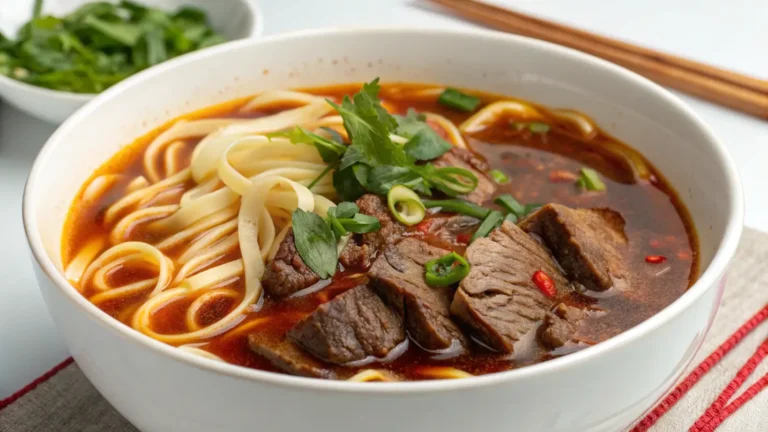
Asian Noodle Soup
This Asian Noodle Soup is a flavorful and comforting dish that brings together the savory umami broth, tender noodles, and a variety of fresh ingredients. Whether you’re craving a rich ramen, a tangy pho, or a spicy Sichuan-inspired noodle soup, this recipe offers the perfect base for a customizable and delicious meal.
- Total Time: 35 minutes
- Yield: 4 servings 1x
Ingredients
4 cups chicken broth
1 tbsp soy sauce
1 tbsp miso paste (or to taste)
1-inch piece of ginger, sliced
2 cloves garlic, minced
1 tbsp sesame oil
200g ramen noodles (or any preferred Asian noodles)
200g protein (e.g., chicken, beef, tofu)
1 small carrot, julienned
1 cup spinach (or bok choy)
2 green onions, sliced
1 boiled egg (optional, for topping)
1 tbsp chili paste or sriracha (optional for spiciness)
Fresh cilantro (for garnish)
Lime wedges (for serving)
Instructions
-
Prepare the Broth: In a large pot, heat sesame oil over medium heat. Add the sliced ginger and minced garlic, sautéing for about 1-2 minutes until fragrant.
-
Add Broth and Soy Sauce: Pour in the chicken broth and soy sauce, and stir in the miso paste. Bring the broth to a gentle boil, then reduce the heat and let it simmer for 10 minutes to infuse the flavors.
-
Cook the Noodles: While the broth is simmering, cook the ramen noodles (or your choice of noodles) according to package instructions. Drain and set aside.
-
Prepare the Protein: Cook your choice of protein (chicken, beef, or tofu) in a separate pan, then slice into thin strips. If using tofu, lightly fry the tofu pieces for added texture.
-
Assemble the Soup: Divide the cooked noodles into bowls. Pour the hot broth over the noodles. Add the cooked protein, julienned carrots, spinach, and green onions.
-
Add Garnishes: Top each bowl with a boiled egg (optional), a drizzle of chili paste (if using), fresh cilantro, and lime wedges for added flavor.
-
Serve and Enjoy: Serve the Asian noodle soup hot, and enjoy the comforting, flavorful dish!
Notes
-
Customizing Your Soup: You can add or substitute vegetables based on what you have available—mushrooms, bok choy, or bean sprouts are great alternatives.
Spice Level: Adjust the chili paste or sriracha to your preferred spice level.
Protein Variations: Feel free to use shrimp, chicken, or even go vegetarian with more tofu or tempeh.
- Prep Time: 15 minutes
- Cook Time: 20 minutes
- Category: Main Course
- Method: Simmering, Boiling
- Cuisine: Asian (Japanese, Chinese, Vietnamese)
- Diet: Low Fat
Nutrition
- Serving Size: 1 bowl (approximately 1.5 cups)
- Calories: 350 per serving
- Sugar: 5g
- Sodium: 800mg
- Fat: 12g
- Saturated Fat: 2g
- Unsaturated Fat: 8g
- Trans Fat: 0g
- Carbohydrates: 40g
- Fiber: 4g
- Protein: 18g
- Cholesterol: 70mg
Keywords: Asian noodle soup, ramen, pho, noodle broth, comforting soup, healthy noodle soup, customizable noodle soup
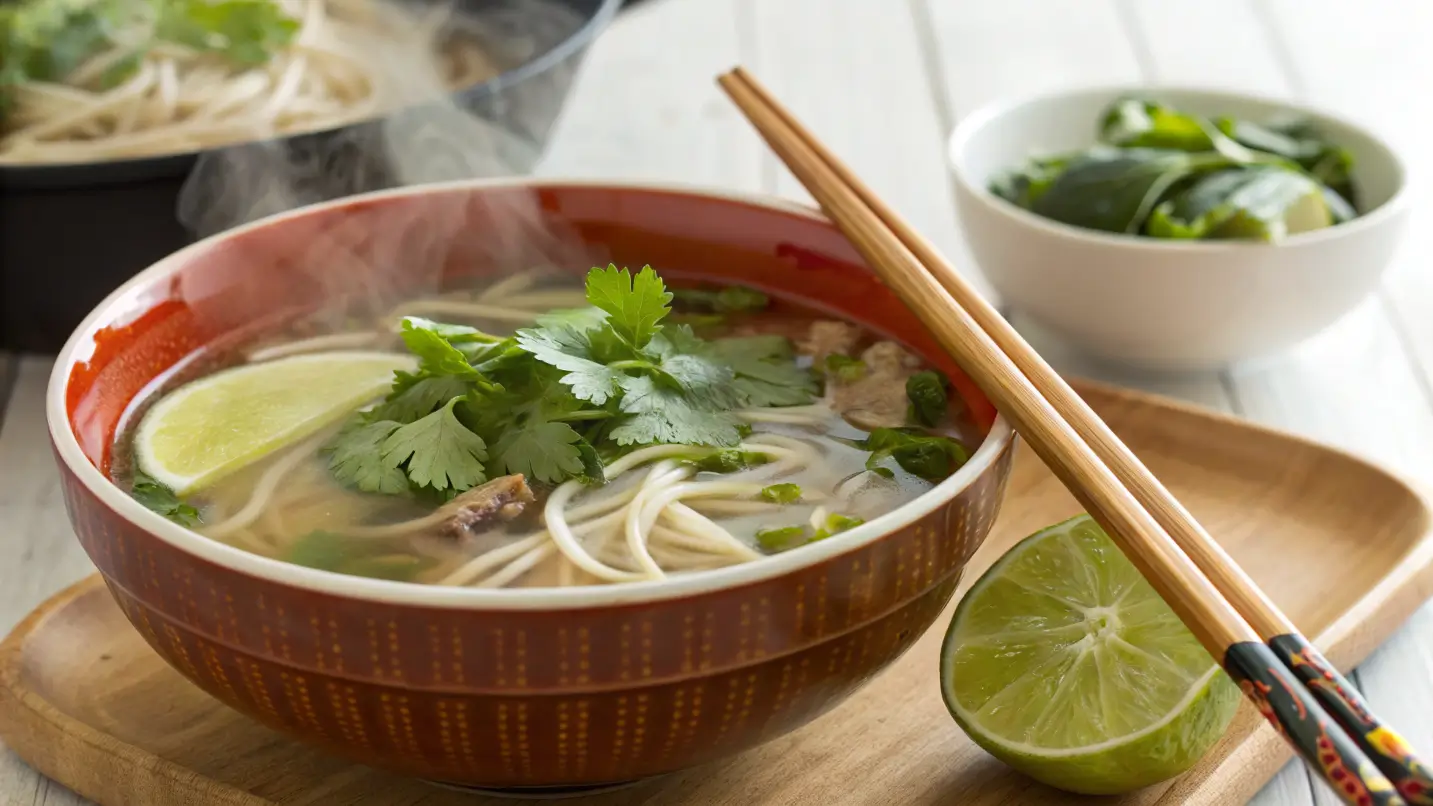

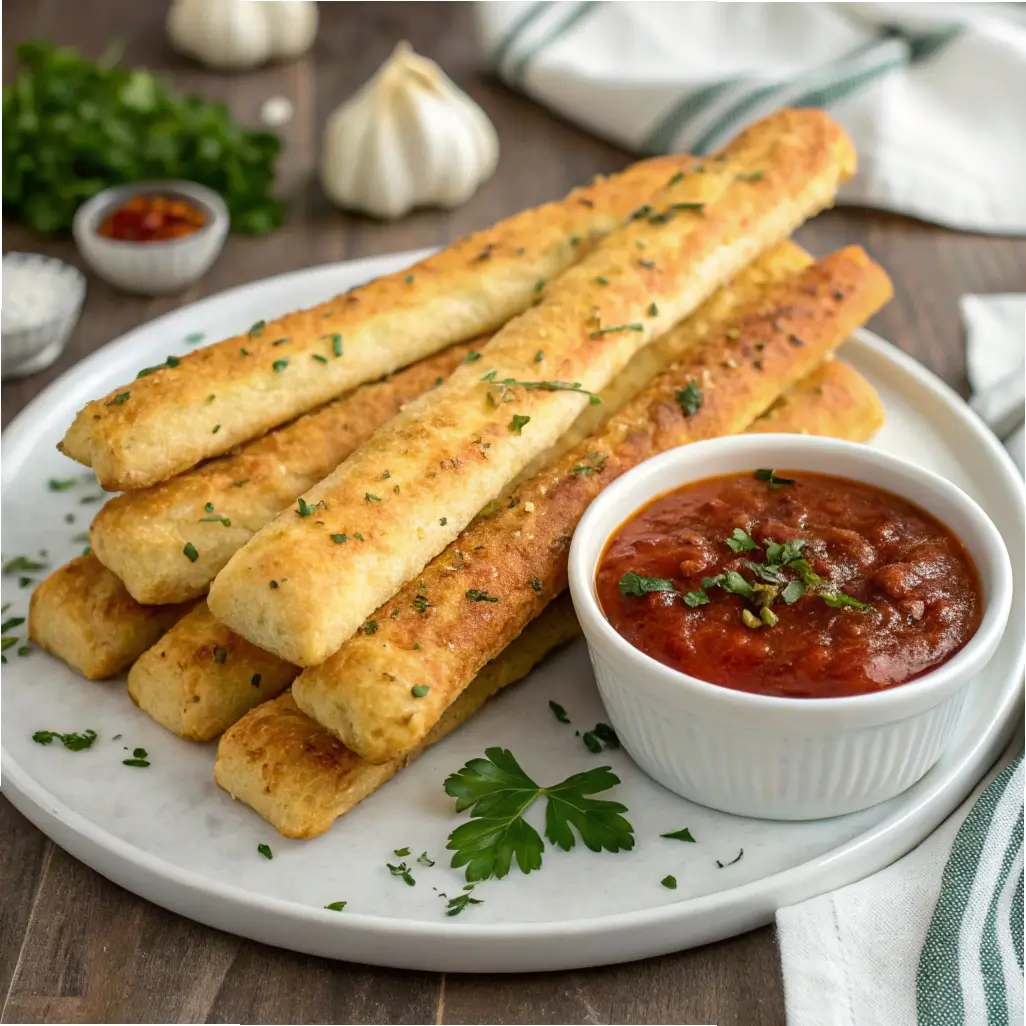

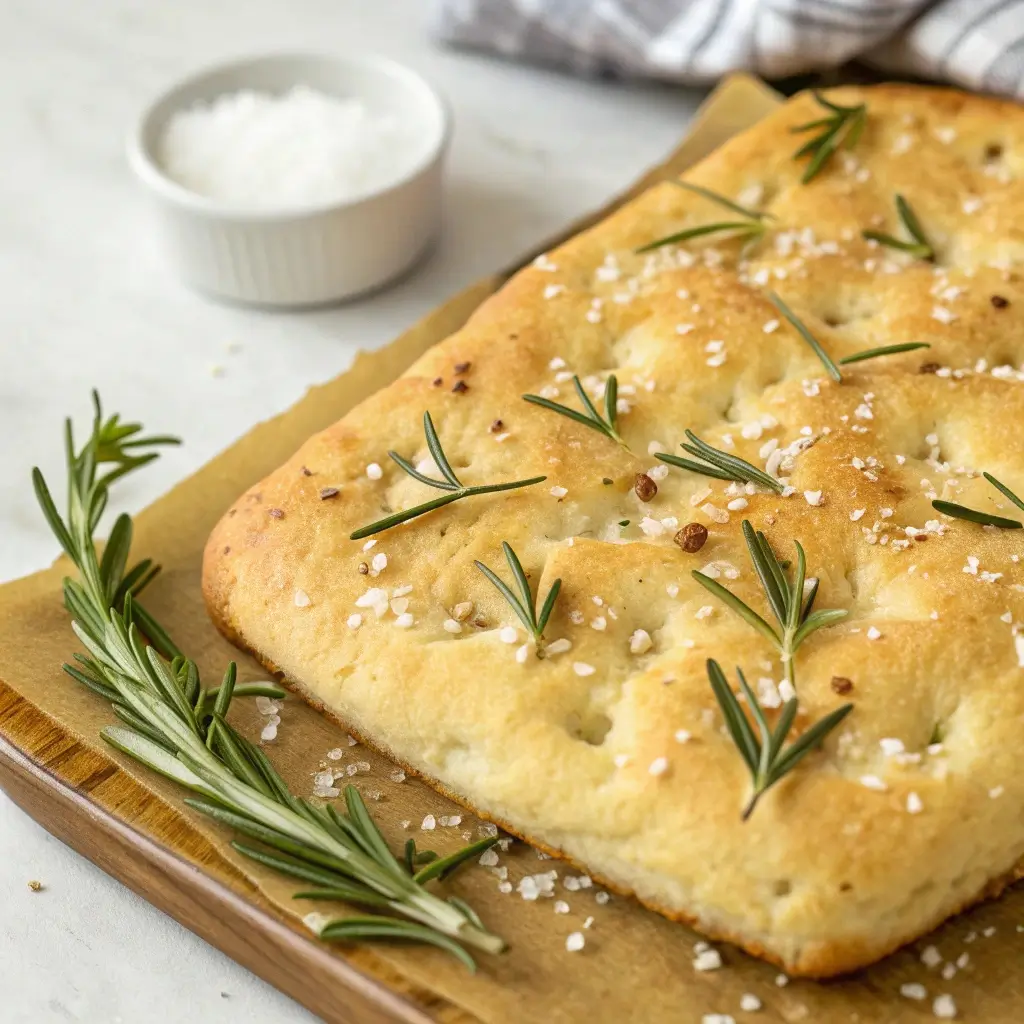

Yummy
★★★★★
Yummy
★★★★★
Delicious
★★★★★